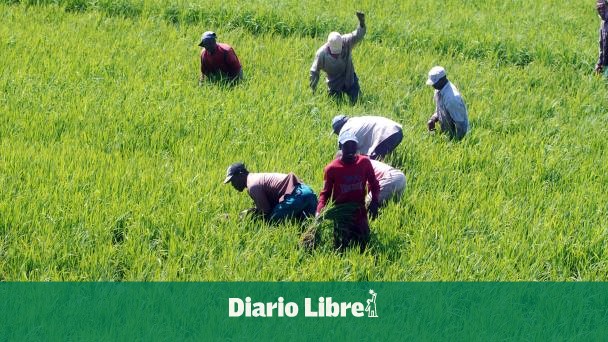The president of the National Federation of Rice Producers (Fenarroz), Marcelo Reyeshighlighted the importance of the sector in the Dominican Republic, but warns that it “could disappear” due to the lack of public policies aimed at producers.
He said that the political system for more than 22 years “has done nothing” to stop a DR-Cafta, “which is and will be the main death threat posed by rice cultivation” in the Dominican Republic“with a lethal date of 2025”.
He stressed that “this cruel agony is not worse than agricultural public policies implemented post-pandemic, which have led producers to face situations” that they believed were overcome.
He said that the high penalties (Taras) that have been established for the second harvest in the last two years, “agonizes” the cost effectiveness of more than 32,000 producers due to an oversupply of cereal to the rice industry.
“Showing in itself a disinterest in acquiring the production and at the same time placing high penalties, affecting the real value of rice, eroding the few benefits of the producer, we have observed Taras never seen before in the Dominican fields“, he pointed.
About the Pledge Program
Reyes assured that the lack of Pledge Program Resources affect cash flow rice sector national, generating that the industry limits its purchases according to its needs, propitiating a market of oversupply and instability in the rice produced in the field.
He assured that Tara must be regulated in rice cultivation, which is nothing more than a conversion factor that helps to estimate how much that rice will produce. green rice harvested in the field after being processed by the industry (dried, shelled, piled and polished).
“Its importance lies in determining the real value of rice paid to the national producer, which is made up of the price that is established by the national rice commission and serves as the basis for regulating the pledge program which, currently, according to resolution 01-2022, is 2,850 pesos,” he said.
In addition, he said that the Tare, which is usually set by the mill when it purchases the rice without any state regulationserve as a counterweight and validation.
“Fenarroz requests the intervention of the Ministry of Industry and Commerce, through Indoca,l for the establishment of norms and regulations that standardize and normalize the entire milling-rice industry, the application of a tare system that it be under a scientific and statistical method that manages to establish an application of fair measures for both the industry and the producers”, he indicated.
He added that the 32,000 national producers Congregated in the different associations and federations, they have been requesting the Ministry of Agriculture to establish reference laboratories, regional weights that serve as monitoring and balance when establishing the Taras in an attempt to create a fair trade “where we all win”.
rice sector
The Dominican rice sectorwith more than 1,200,000 tasks, generates a livelihood for more than 96 municipalities throughout the national territory.
His disappearance “would cause anemia Y famine to more than 32,000 producers, and with them to 80,000 direct jobs added to 300,000 indirect jobs,” said Reyes.








